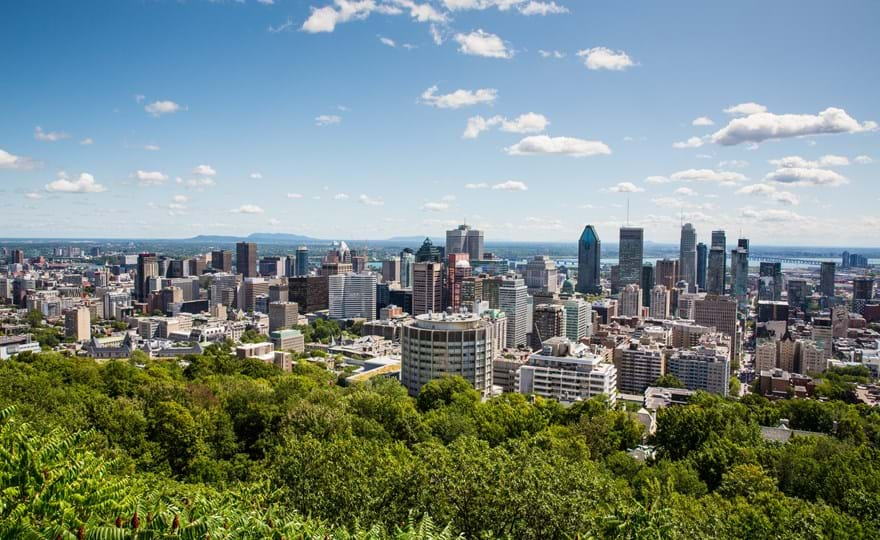ClientEarth Communications
1st December 2022


You’ve most likely heard of COP27, which took place this year in Egypt. It brings together world leaders seeking solutions to the global climate crisis. What you may not know however, is that in parallel, there is another COP focusing specifically on saving nature – it’s known as the UN Biodiversity Conference.
The 15th Conference of the Parties (COP15) of the UN Biodiversity Conference will convene governments from around the world to agree to a new set of goals to halt and reverse biodiversity loss over the next decade and beyond through the Convention on Biological Diversity (CBD). It is due to take place on 7-19 December 2022, in Montreal, Canada, after two years of delay because of the Covid-19 pandemic.
The CBD is an international legally binding treaty, which commits governments worldwide to safeguard biodiversity. It covers all life on Earth – ecosystems, animals, plants, fungi and microorganisms and focuses on achieving sustainable development – that is, human progress without threatening biodiversity. The CBD was signed in Rio de Janeiro in 1992 and entered into force on 29 December 1993.
The governing body meets every two years to review what has been achieved and what still needs to be done to protect biodiversity around the world.
COP15 is particularly significant as world leaders will be faced with the all-important task of agreeing on a post-2020 Global Biodiversity Framework (GBF), which is meant to be a strategic plan, setting global goals and targets, and detailing steps to be taken for people to live in harmony with nature up to the year 2030 and set in motion an ambitious 2050 vision. To reach this objective, the GBF will consist of four goals and 20-22 targets which will also be agreed on during COP15.
While the climate crisis is grabbing headlines, we are in the midst of an even more ominous – and perhaps even faster-moving – biodiversity crisis. Over a million plant and animal species are on the brink of extinction. WWF’s latest Living Planet report found that wildlife has dropped by 69% since 1970. If we fail to stop the biodiversity crisis, it will have serious consequences for our global systems, with a likely breakdown of nature’s ability to provide clean air and water, food, medicines and materials, which are vital for humanity’s survival. With the future of our planet and ourselves hanging in the balance, the stakes could not be higher.
The challenge can feel insurmountable, but the reality is our fate is not yet sealed. This is why COP15 is so important because it has the potential to reverse this alarming trend, but only if coordinated global action is taken – now.
The Strategic Plan for Biodiversity 2011-2020 was a framework that outlined a key set of objectives and targets to stop biodiversity loss by 2020. The Plan was made up of targets, known as ‘Aichi Targets’, which included raising awareness for the importance of biodiversity; reducing the rate of loss of natural habitats, ensuring fish stocks are managed sustainably; protecting threatened species and restoring important ecosystems. However, according to the UN, the world failed to fully achieve any of these targets.
The Plan and its targets have now expired and will be replaced by the GBF which will be agreed at COP15. It is crucial that key decision-makers use the failures of the previous strategy to make sure history does not repeat itself. Instead, the GBF needs to compel Parties to take bold and transparent action, which is easy to implement, and that the Framework allows for space to assess and correct progress to avert ecosystems collapse.
COP15 is clearly a critical moment for global environmental protection and that’s why we’re working to make sure the agreements that are reached are as bold as possible in tackling biodiversity loss.
Specifically, we want all participants to adopt an ambitious and transformative GBF that:
Acknowledge and include all voices by:
We’ll be sharing news of the progress being made at COP15 here and on our social channels.